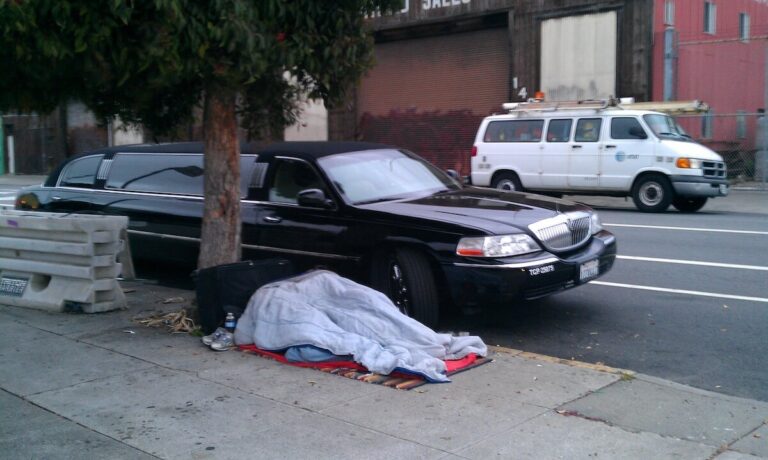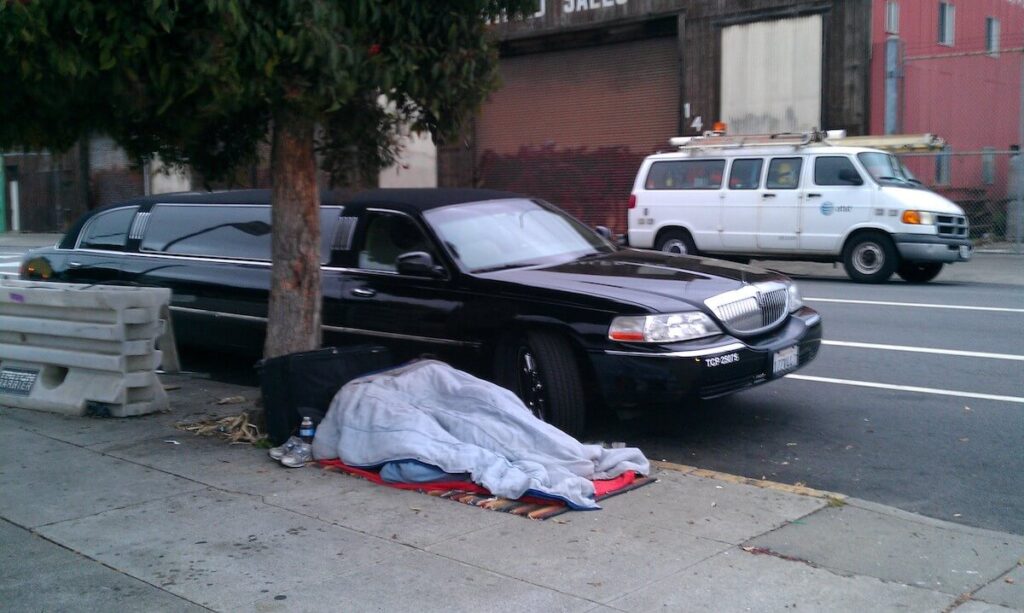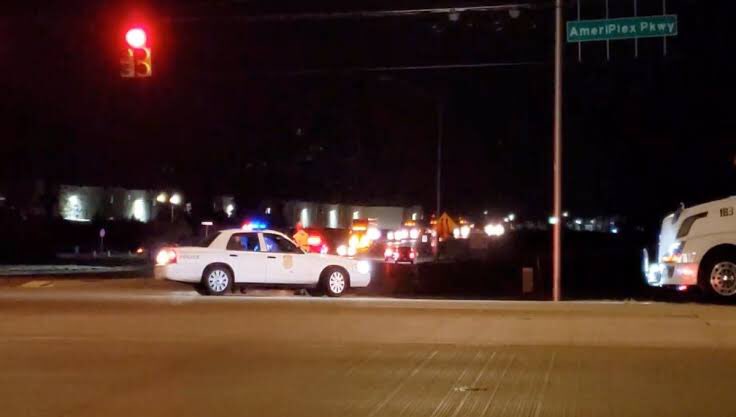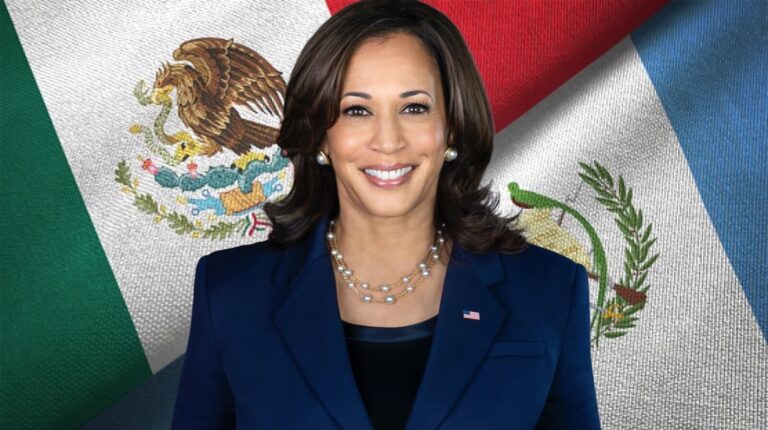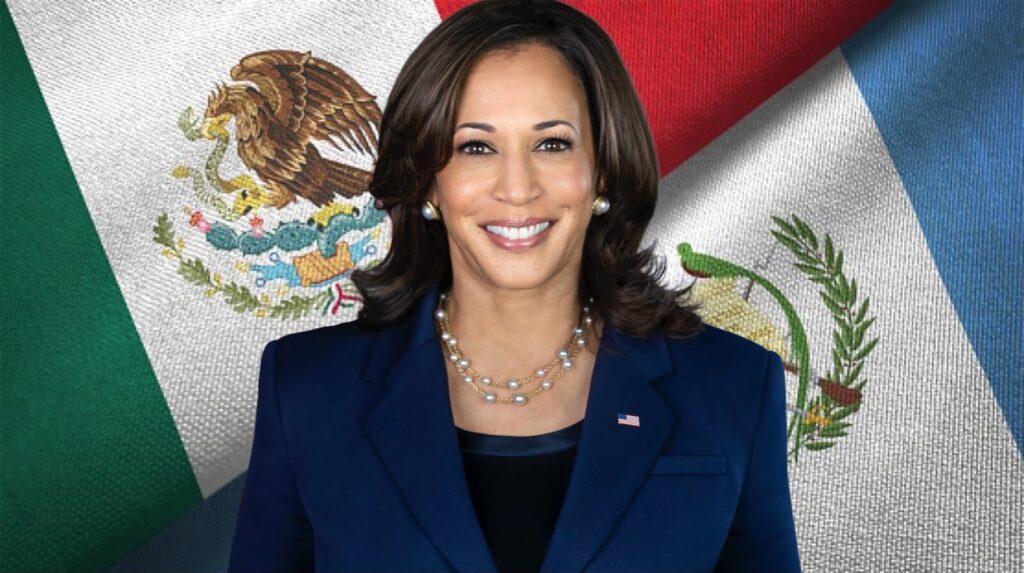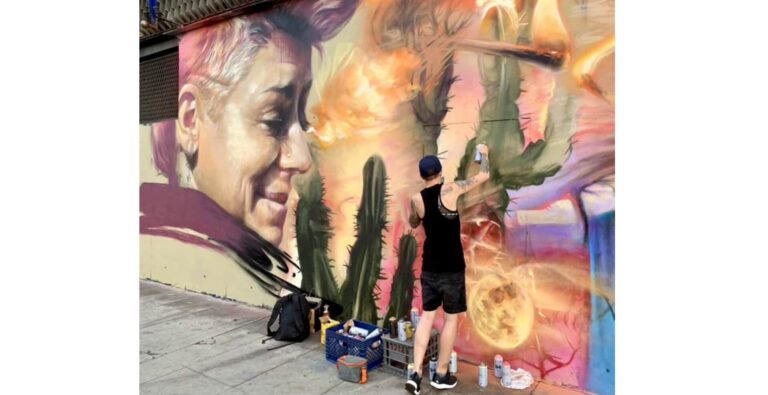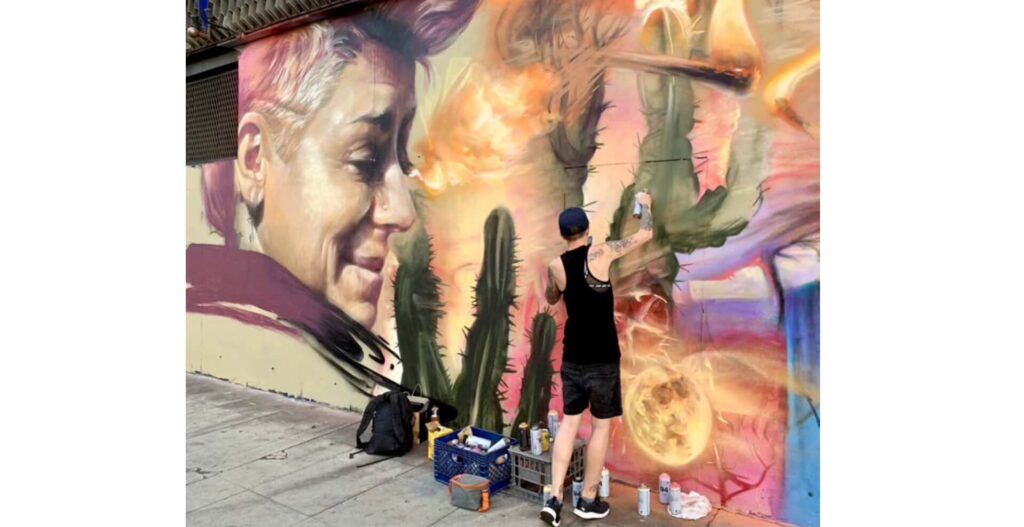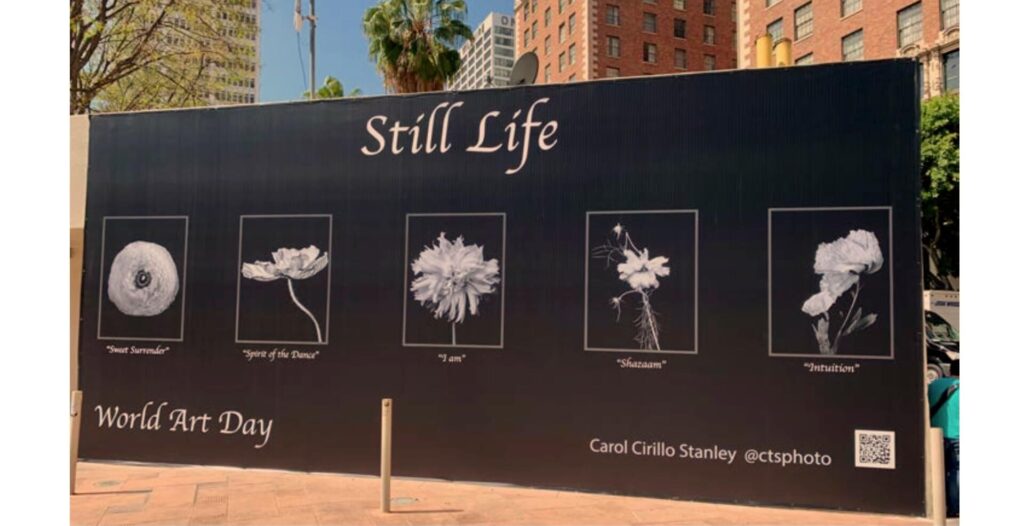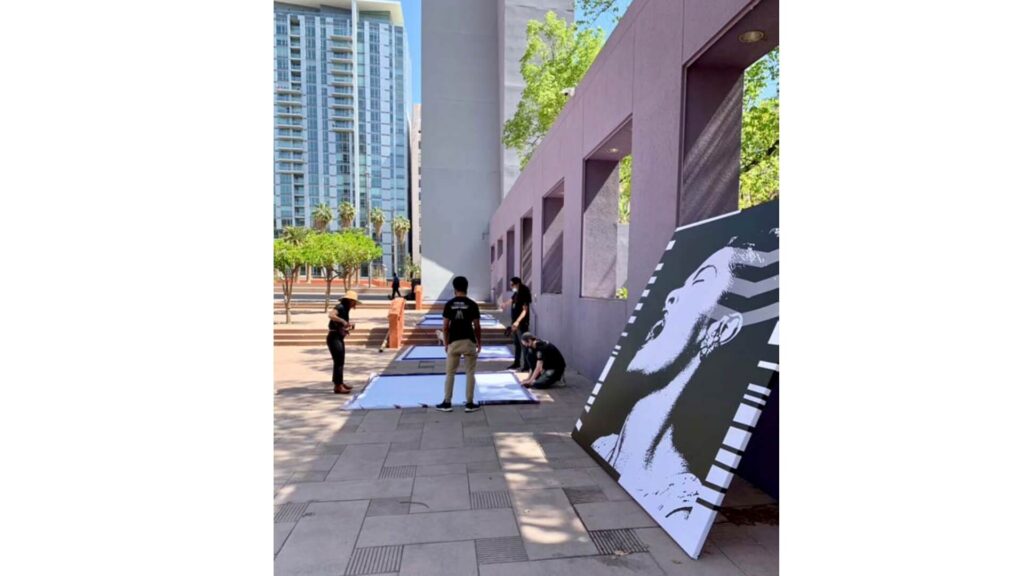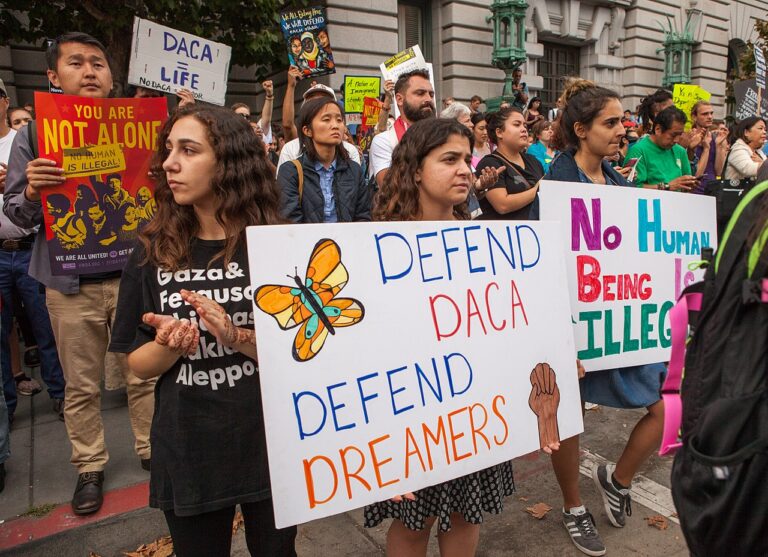Pamela Cruz. Peninsula 360 Press [P360P].
While it is true that President Joseph Biden could take executive action to support immigrants who are under the Deferred Action for Childhood Arrivals or DACA, it is not enough, because legislation is needed to consolidate immigration policy, so there are still judicial challenges to overcome for the program to be the light for millions of immigrants.
This was pointed out by experts during an informative session held by Ethnic Media Serviceswhere they agreed that in terms of immigration, it is often difficult for parties to find common ground.
"The only way to truly protect undocumented people is for Congress to pass a path to citizenship, and it should do so as soon as possible," said Joseph Villeda, director of policy and advocacy for the Coalition for Immigrant Rights (CHIRLA).
The expert added that the Democrats who are in charge of the House of Representatives, the Senate and the White House "must do everything that is required, that is in their power and not allow the Republicans to obstruct this issue".
He also explained that DACA has been a benefit for young people and their families, but also for the economy.
"If there is a negative court decision against DACA, it will be up to Congress that the 600,000 beneficiaries do not return to the shadows. It is time to help the undocumented and DACA," he said.
"The immigration system doesn't work for anyone, it's broken, outdated and inhumane."
He urged "the Democratic majority to try to reform the filibuster and seek a reconciliation that can help.
Villeda recalled that 80 percent of California voters support a path to citizenship for all immigrants, understanding that they contribute to the economy.
"The undocumented population in our state is well established, they contribute to the economy and it's time for Congress to actually provide permanent relief for documented people. But also for the undocumented." He said.
And, he said, 50 percent of DACA recipients surveyed by CHIRLA said they have been able to open a bank account, while 33 percent obtained their first credit card, all under DACA protection.
"So we see that change and immigration status is not only beneficial to the individual, but it's also beneficial to our economy," he said.
José Muñoz, national communications manager for United We Dream, knows very well how important it is for the DACA program to move forward and finally allow millions of undocumented youth to live free and with the guarantees that a new immigration status can give them.
During his nearly 30 years of life, Múñoz has lived with the anguish of being detained and deported.
It wasn't until 2013 when he benefited from the DACA program and was finally able to get a work permit, a driver's license and finish college.
However, today, continuing with the program is in the hands of the courts, because since President Trump canceled DACA, his life, as well as that of more than 600,000 young people benefited from this program, of which two-thirds are 25 years old or younger, is in the doldrums.
Muñoz, who arrived in the U.S. just months after he was born, said that "so far, DACA is still in danger. DACA is still in danger.
"In 2013 I received DACA for the first time, which allowed me to get a work permit, a driver's license, and finish college. That alleviated some of the fear of potentially being detained, shackled and deported, but unfortunately, we've seen over the past four years that DACA recipients like me have lived our lives as a court case, even after the Supreme Court thwarted the Trump administration's plans to end DACA," he recalled.
"A path to citizenship is an imperative, and that's not all, there are hundreds of thousands of 15- and 16-year-olds who have been waiting to apply for DACA since Trump tried to end it in 2017. They hope to apply for the first time to get some of the same protections that have been granted to those of us who have been enrolled in the program for years," he added.
The young Muñoz, who belongs to the LGBTTTIQ+ community, pointed out that although DACA has helped hundreds of thousands of young people, it does not protect all undocumented immigrants.
"There are millions of immigrants who never qualified for DACA in the first place. And so the only way to really provide protection for the undocumented is for Congress to pass a pathway to citizenship as quickly as possible."
"At United We Dream we know there is no time for excuses. Our communities need relief and they need it now. Democrats control the House, the Senate and the White House, and they must do everything in their power to deliver for our communities," he said.
He said politicians "are more interested in playing politics with our lives, holding legislation hostage to use young immigrants as pawns in the next election.
"We will not let them use Republican obstructionism as an excuse. Democrats must not allow Republicans to obstruct," he concluded.
But what is obstructionism all about?
According to immigration attorney Brent Renison of Global Immigration Counsel, the filibuster was created in 1806 and has been used by both parties when they are in the minority in the Senate.
The immigration expert explained that between 1950 and 1970, southern U.S. senators used obstructionism to oppose proposals that sought to establish civil rights, at the time, to give equality to the African-American community.
However, it was not until 2006 that senators began to use it to oppose immigration proposals.
"Between 2010 and 2013, Republicans used it extensively to reject proposals from Democratic senators. In turn, Senate Democrats used this strategy to oppose a smaller number of Republican bills between 2015 and 2020," he said.
Today, the Democratic Party has 50 seats in the Senate, so to move forward with immigration legislation, at least 10 representatives of the Republican Party will have to join, not an easy task for an issue that has been on the table for many years.
"They will have to deal with the requirement that bills must receive 60 votes in the Senate to pass. The filibuster would force Democrats to get the support of at least 10 Republicans to pass most immigration bills."
Dreaming... of an effective and inclusive immigration law
For Theresa Cardinal Brown, director of migration and border crossing policy at the Bipartisan Policy Center, the HR 6 legislation will give permanent resident status to dreamers and Temporary Protected Status (TPS) beneficiaries and to dependent children of highly skilled foreign workers who are often left without status when they turn 18.
"It is estimated that more than 3 million people will be eligible under this bill," he said.
In the case of H.R. 1603, which was also approved by the representatives, he pointed out that it provides a pathway to obtain residency and apply for citizenship for agricultural workers who meet certain requirements, in addition to expanding the H-2A visa program for temporary agricultural workers.
Cardinal Brown said there are more than a million undocumented workers who could become citizens, thanks to this bill.
"The bill would provide a certified agricultural worker visa to undocumented individuals who have at least one thousand thirty-five hours of agricultural work during the two years prior to March 8, 2021."
In that regard, he noted that some immigration advocates want H2-A visas to be fully portable so that the worker can go from job to job, without being tied to an employer for sponsorship.
When questioned by reporters about whether Biden could approve an executive action to pass these bills if they get stuck in Congress, the specialist responded that "the president can do it, but not like the proposed legislation would."
"Biden has already restored DACA so that new applicants can register, but there are court challenges. And if the courts say the DACA program is illegal, it would end and there would have to be other legislation for dreamers," he said.
He added that the current president has also extended TPS, but the provisions to give them permanent immigration status could not be with a presidential executive action.
For her part, Leydy Rangel, spokeswoman for the United Farmworkers Foundation (UFW), emphasized that all those who are under DACA protection, and those who are signing up for it, need permanent protection.
She, like nearly 600,000 other young people in the country, is protected by DACA, which allowed her to go to college after working in the fields, work that her parents, siblings and cousins continue to do.
"I live worried about renewing DACA every two years and because I can't establish a permanent life," she explained.
And, he said, nearly a million of the country's farm workers are undocumented, all of them coming from different places, but mainly Mexico.
That is why, he stressed, a law is needed to legalize agricultural workers to allow them to visit their families in their places of origin, and not leave everything behind, where only memories prevail.
"They would have the legal right to contribute to society through agriculture. With a path to citizenship they could also improve their working conditions and avoid abuses and other related problems," he said.






